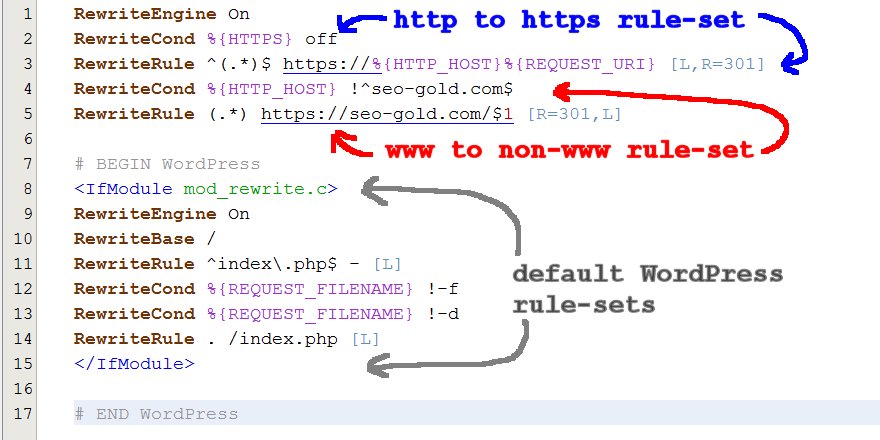- Redirect Http To Https Apache Htaccess
- Forward Http To Https Apache Php
- Forward Http To Https Apache Web
- Apache Https Rewrite
- Http To Https Redirect

To make https work on port 443 -. Apache Redirect to HTTPS Although installing an SSL certificate on a website provides the possibility of accessing it with the secure protocol, the protocol is not used by default. To make sure that the website is accessed using the protocol by default, you will need to set up an automatic redirect.
Skip to end of metadataGo to start of metadataLet's say you want http://www.example.com/secure/ to always be sent over SSL (I presume here that both the normal and the SSL vhost have the same content). You could do this by linking to the correct page from within your HTML pages... but there will always be some user who will sneak by it that way.

Using virtual hosts (using redirect)
When using SSL, you will frequently have at least two virtual hosts: one on port 80 to serve ordinary requests, and one on port 443 to serve SSL. If you wish to redirect users from the non-secure site to the SSL site, you can use an ordinary Redirect directive inside the non-secure VirtualHost:
Note: The NameVirtualHost directive only applies to the 2.2.x releases of httpd.
When redirecting everything you don't even need a DocumentRoot:
Redirect Http To Https Apache Htaccess
Note: Once the configuration is working as intended, a permanent redirection can be considered. This avoids caching issues by most browsers while testing. The directive would then become:
Using .htaccess files and redirect

Forward Http To Https Apache Php

Forward Http To Https Apache Web
Redirect can also be used inside .htaccess files or to address particular URLs, as in:
Apache Https Rewrite
Example:
Using mod_rewrite
Http To Https Redirect
While the <VirtualHost> solution is recommended because it is simpler and safer, you can also use mod_rewrite to get the same effect as described here: RewriteHTTPToHTTPS





